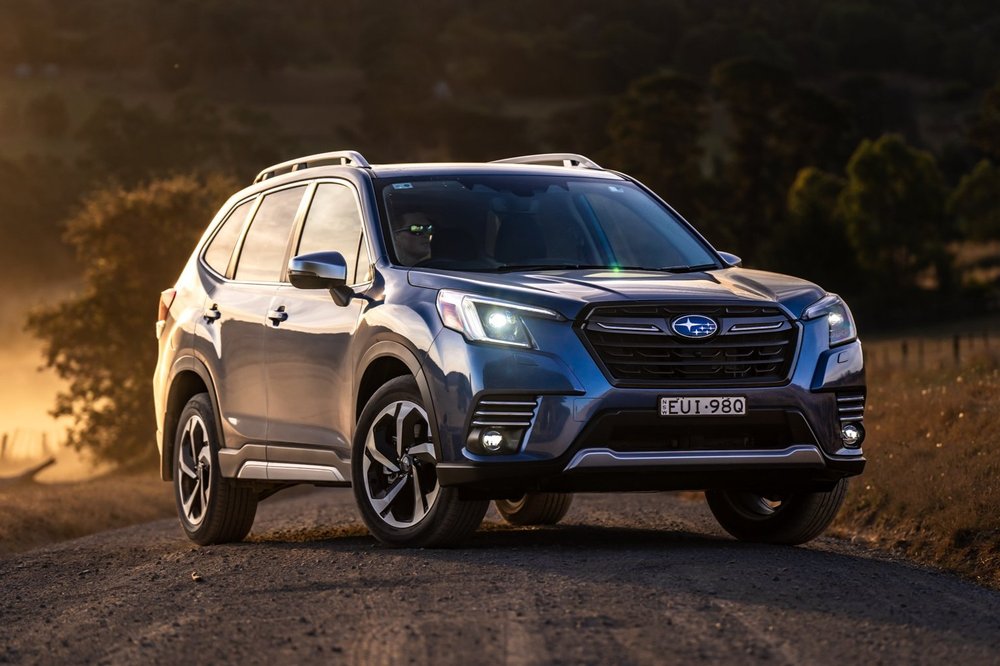In the competitive landscape of affordable SUVs, the $20,000 price point represents a critical threshold where smart buyers can either secure years of dependable transportation or inadvertently purchase a money pit disguised as a deal.
The used SUV market under $20k is a complex ecosystem where vehicle age, mileage, maintenance history, and inherent design quality converge to create dramatically different ownership experiences.
Understanding which models have earned their stripes as reliable workhorses versus those with documented patterns of premature failure can save buyers thousands of dollars in unexpected repairs and countless hours of frustration.
The reliability divide in this price segment isn’t merely about brand prestige or initial build quality it’s about engineering philosophies, component durability, and long-term serviceability. Some manufacturers have consistently produced SUVs with robust drivetrains, well-engineered suspension systems, and electrical architectures that age gracefully.
What makes these vehicles particularly treacherous is that their problems often manifest after the warranty period expires, leaving unsuspecting owners with repair bills that can quickly surpass what they paid for the vehicle.
The stakes are particularly high in the under-$20k market because buyers in this segment often lack the financial cushion to absorb major unexpected repairs. A transmission failure on a $15,000 SUV can render it effectively worthless, while the same failure on a reliable model might never occur during the owner’s tenure.
These reliability ratings, combined with real-world owner feedback and mechanic insights, paint a clear picture of the automotive world winners and losers in the affordable SUV segment.
5 SUVs That Rack Up Miles
These exceptional value vehicles deliver extraordinary longevity through proven powertrains, robust construction, and straightforward mechanical systems that enable hundreds of thousands of miles of reliable family hauling while maintaining excellent resale value and minimal repair costs.
Their solid engineering incorporates time-tested engines, durable transmissions, and conservative electronic systems that resist premature failure while providing consistent performance across various driving conditions and climate environments.
They represent automotive engineering focused on essential reliability, delivering dependable family transportation that proves expensive doesn’t always mean better while providing excellent ownership value through years of trouble-free operation and reasonable operating costs.
1. Toyota RAV4 (2013-2019 Model Years)
The Toyota RAV4 stands as the gold standard for reliability in the compact SUV segment, representing everything buyers should seek in a dependable vehicle under $20,000. Built on Toyota’s reputation for engineering excellence and conservative design philosophy, the RAV4 from this generation exemplifies the manufacturer’s commitment to long-term durability over flashy features.
The fourth-generation RAV4, particularly models from 2013 onwards, addressed previous generation concerns while maintaining the robust mechanical foundation that has made Toyota synonymous with reliability.
At the heart of the RAV4’s dependability lies its proven 2.5-liter four-cylinder engine, a naturally aspirated powerplant that eschews complex turbocharging or direct injection systems that can introduce long-term maintenance concerns.
This engine produces adequate power for daily driving while maintaining Toyota’s legendary reputation for longevity, with many examples easily surpassing 200,000 miles with basic maintenance.
The engine’s simple design means fewer components to fail, and when maintenance is required, parts are readily available and reasonably priced due to Toyota’s extensive dealer network and aftermarket support.
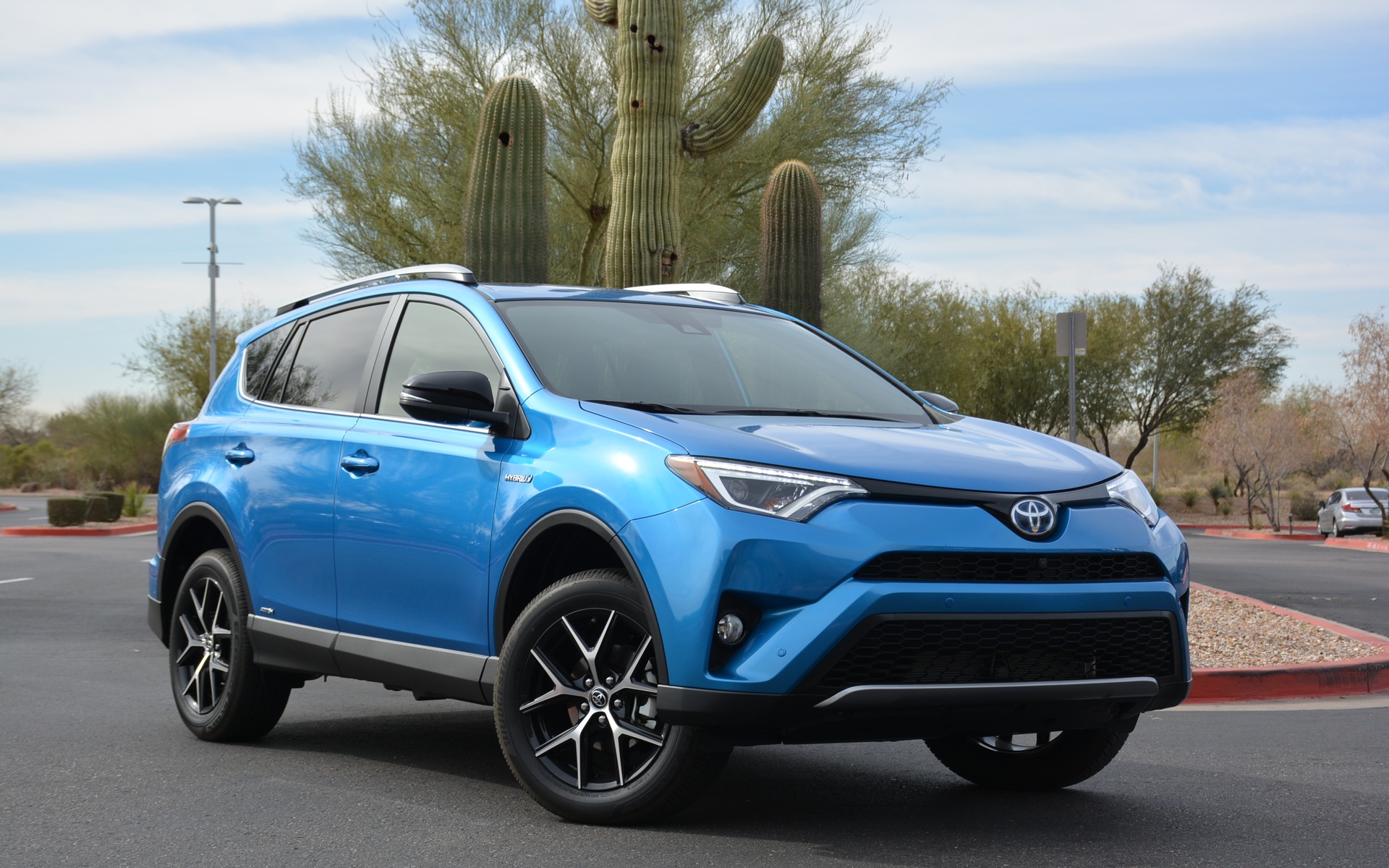
The transmission options in the RAV4 further reinforce its reliability credentials. The standard six-speed automatic transmission, while not the most advanced in terms of gear count, represents proven technology that has been refined over years of production.
This transmission avoids the complexity of continuously variable transmissions (CVTs) that have plagued some competitors, instead offering predictable shift patterns and robust internal components designed for extended service life.
All-wheel-drive models utilize Toyota’s straightforward system that provides adequate traction without the complexity of more advanced systems that can introduce failure points. Interior quality and electrical reliability represent additional strengths of the RAV4 in this price range.
Toyota’s conservative approach to technology integration means fewer electronic systems to malfunction, while the interior materials, though not luxurious, are designed to withstand years of use without excessive wear.
Common wear items like brakes, tires, and suspension components are competitively priced, while major mechanical components rarely require attention during typical ownership periods.
The vehicle’s diagnostic systems are well-understood by independent mechanics, reducing dependence on costly dealer service for routine maintenance and minor repairs.
2. Honda CR-V (2012-2016 Model Years)
Honda’s CR-V represents another pillar of reliability in the affordable SUV market, offering a compelling blend of practicality, efficiency, and long-term dependability that has made it America’s best-selling SUV for multiple years.
The fourth-generation CR-V, spanning 2012-2016 model years, represents Honda at its engineering peak, before the company experimented with more complex powertrains and technologies that would later introduce reliability concerns in newer models.
The CR-V’s 2.4-liter i-VTEC four-cylinder engine embodies Honda’s engineering philosophy of extracting maximum efficiency and reliability from naturally aspirated powerplants. This engine produces respectable power output while maintaining Honda’s reputation for longevity, with proper maintenance routinely enabling these engines to operate smoothly well beyond 200,000 miles.
The i-VTEC system, while adding some complexity compared to non-variable valve timing engines, has proven itself over decades of production and represents mature technology that Honda has perfected.
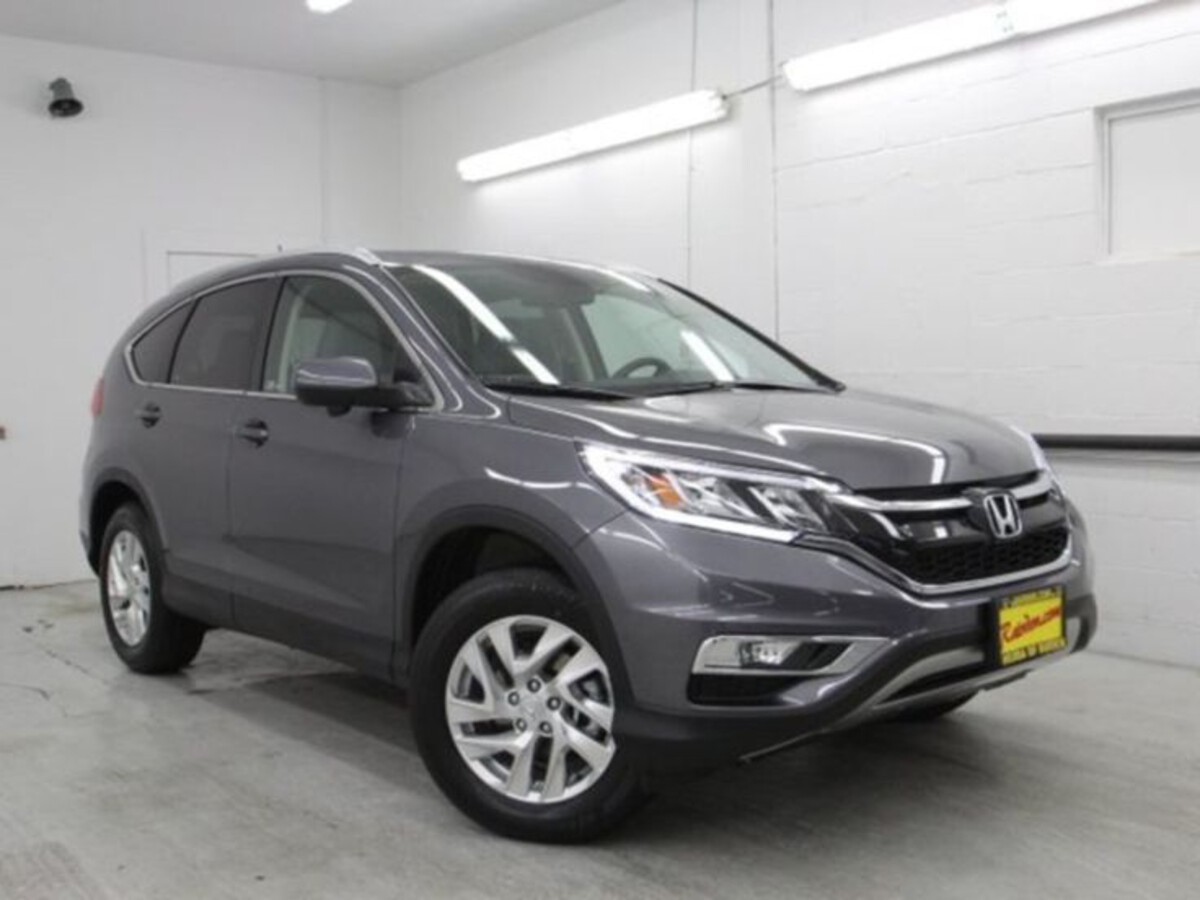
Honda’s continuously variable transmission (CVT) in the CR-V deserves special mention, as it represents one of the more reliable implementations of this technology in the marketplace.
While CVTs generally have mixed reputations for long-term durability, Honda’s version has demonstrated superior longevity compared to competitors, with proper maintenance enabling these transmissions to provide smooth operation throughout their service life.
The CVT contributes significantly to the CR-V’s excellent fuel economy, making it particularly attractive for high-mileage drivers who prioritize operating cost efficiency.
This attention to manufacturing quality translates into lower long-term ownership costs, as owners encounter fewer warranty claims and quality-related issues during their ownership experience.
3. Subaru Forester (2014-2018 Model Years)
The Subaru Forester occupies a unique position in the reliable SUV market, offering standard all-wheel drive capability combined with impressive reliability ratings that have consistently earned recognition from automotive research organizations.
Recent reliability studies identify the Subaru Forester as among the most reliable compact SUVs, with the model earning particular praise for its mechanical durability and build quality during the fourth-generation production run from 2014-2018.
Subaru’s horizontally opposed “boxer” engine configuration provides the Forester with a low center of gravity and inherently balanced operation that contributes to both handling characteristics and long-term mechanical durability.
The 2.5-liter naturally aspirated boxer engine avoids turbocharging complexity while providing adequate power for most driving situations. This engine design, while unique in the marketplace, has proven its reliability over decades of production, with proper maintenance enabling these powerplants to deliver exceptional service life with minimal major component failures.
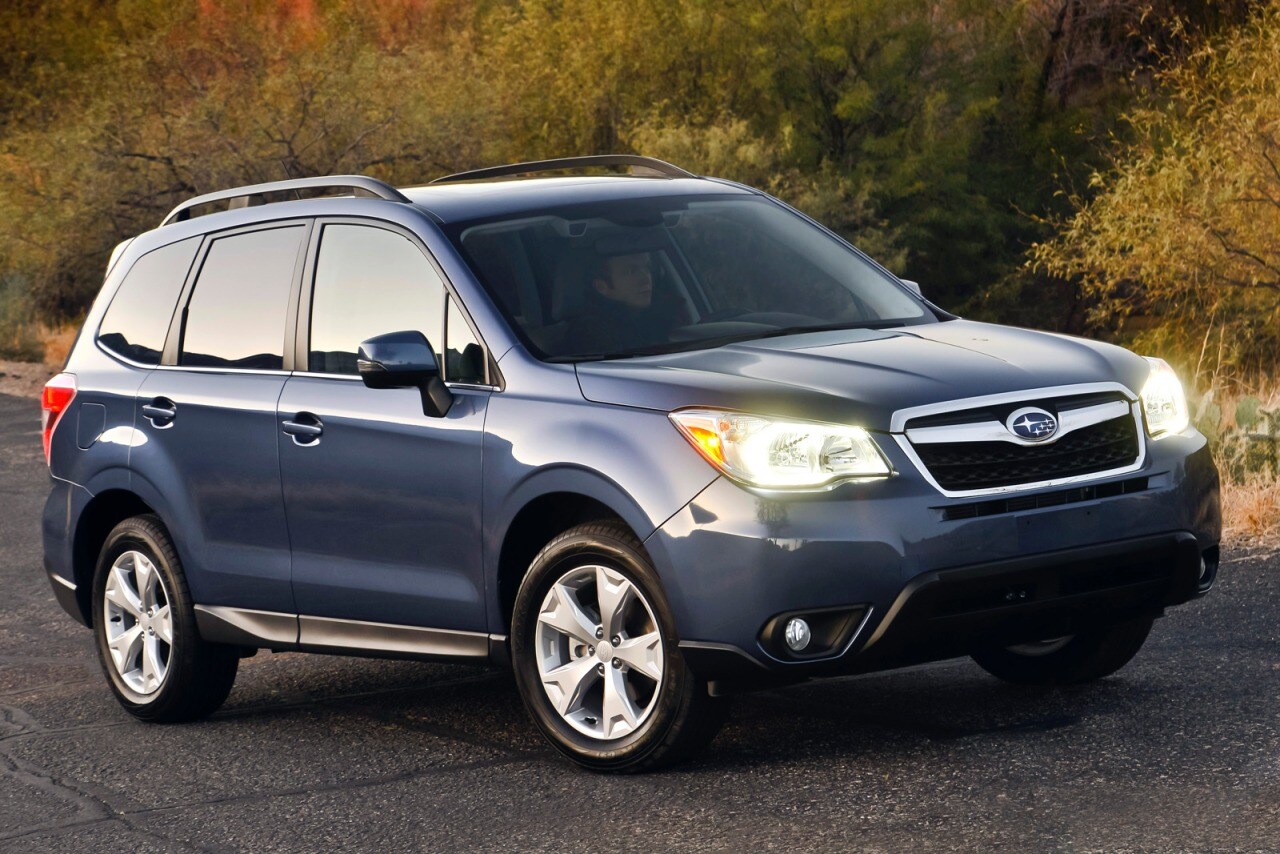
The Forester’s standard all-wheel-drive system represents one of the most sophisticated and reliable implementations available in this price range. Unlike part-time systems that engage only when a slip is detected, Subaru’s symmetrical all-wheel drive operates continuously, providing superior traction in all driving conditions while maintaining mechanical simplicity that enhances long-term reliability.
The system’s design avoids complex electronic controls that can fail over time, instead relying on mechanical components that provide predictable operation throughout the vehicle’s service life.
Interior quality and ergonomics in the Forester prioritize practicality and durability over luxury appointments, resulting in cabin materials and construction that age gracefully under normal use conditions.
Common maintenance items are competitively priced, while major mechanical components rarely require attention during typical ownership periods, contributing to lower total cost of ownership compared to less reliable alternatives.
4. Mazda CX-5 (2013-2017 Model Years)
The first-generation Mazda CX-5 represents Mazda’s engineering renaissance, showcasing the company’s SKYACTIV technology platform that prioritizes efficiency, reliability, and driving engagement over pure utility.
This generation of CX-5, spanning 2013-2017 model years, demonstrates Mazda’s return to automotive excellence after years of partnership with Ford, resulting in a compact SUV that delivers exceptional reliability combined with superior driving dynamics that set it apart from more utilitarian competitors in the segment.
Mazda’s SKYACTIV-G 2.0-liter and 2.5-liter four-cylinder engines represent state-of-the-art naturally aspirated technology, achieving impressive fuel economy and performance through advanced combustion chamber design and precise engineering rather than complex turbocharging or hybrid systems.
These engines feature high compression ratios and sophisticated engineering that extracts maximum efficiency while maintaining the reliability characteristics of simpler powertrains.
The result is exceptional fuel economy combined with responsive performance and long-term durability that has earned recognition from reliability research organizations.
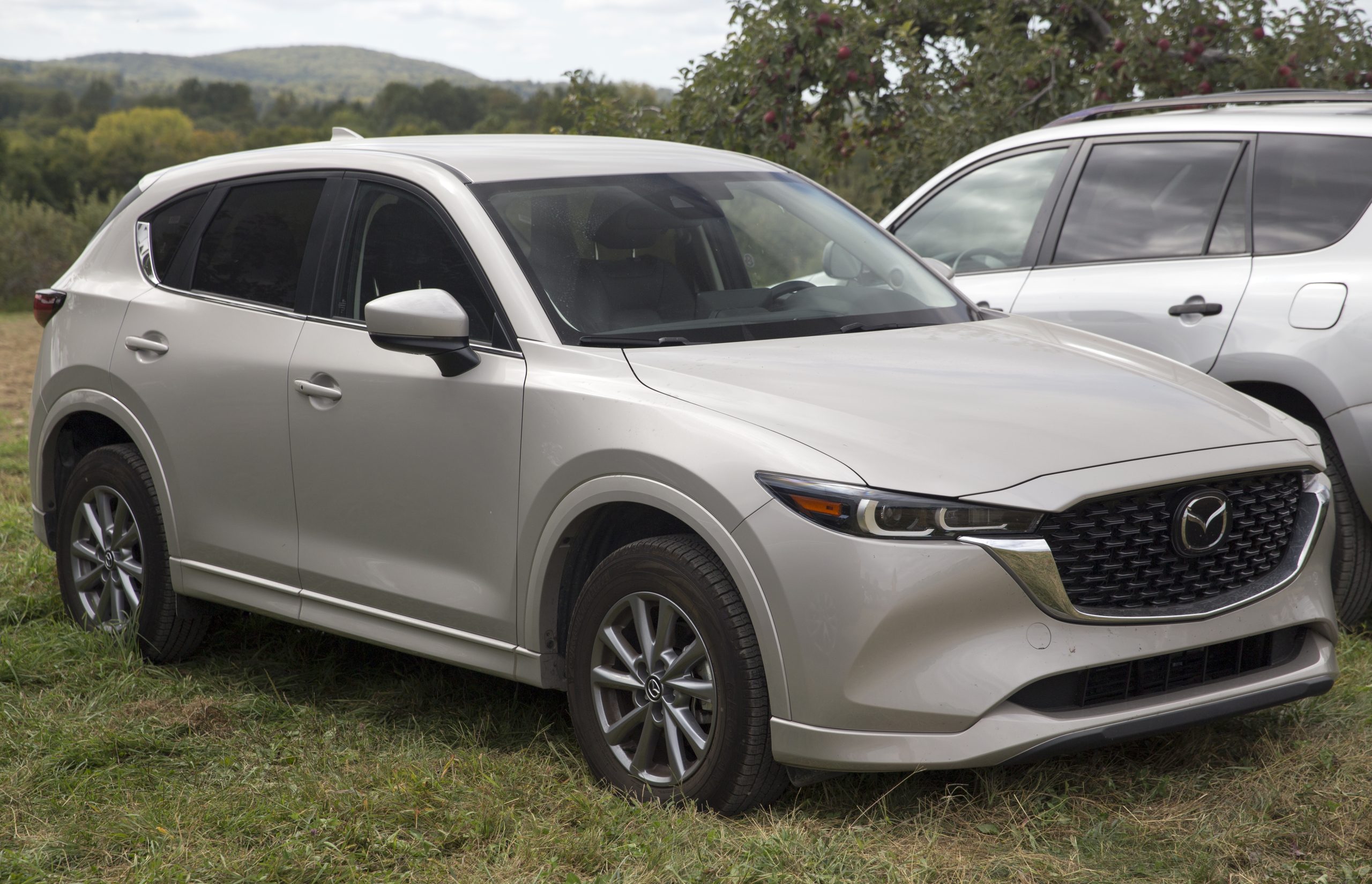
The six-speed SKYACTIV-DRIVE automatic transmission complements the engines perfectly, providing smooth shifts and intelligent programming that enhances both efficiency and driving enjoyment.
This transmission avoids the complexity and potential reliability concerns associated with continuously variable transmissions or advanced multi-speed automatics, instead focusing on proven technology executed with exceptional precision.
The transmission’s robust construction and conservative programming contribute to extended service life with minimal maintenance requirements beyond routine fluid changes.
This manufacturing excellence translates into reduced long-term ownership costs, as owners encounter fewer quality-related issues and enjoy vehicles that maintain their appearance and functionality throughout their service life.
Also Read: 5 Domestic Compacts That Outlast Imports Vs. 5 Imports With Short Lifespans
5. Honda Pilot (2012-2015 Model Years)
The second-generation Honda Pilot represents the pinnacle of three-row SUV reliability in the under-$20,000 market segment, offering families the space and capability of a larger vehicle combined with Honda’s renowned reputation for long-term dependability.
This generation of Pilot, produced from 2012-2015, showcases Honda’s mature engineering approach to larger SUVs, avoiding the complexity and potential reliability issues that would characterize later generations while providing exceptional utility and dependability.
Honda’s 3.5-liter V6 engine in the second-generation Pilot represents decades of refinement and development, resulting in a powerplant that delivers robust performance while maintaining exceptional reliability characteristics. This naturally aspirated engine produces adequate power for towing and hauling while avoiding the complexity of turbocharging or cylinder deactivation systems that can introduce long-term maintenance concerns.
The engine’s design philosophy prioritizes longevity over peak performance figures, resulting in powerplants that routinely exceed 200,000 miles with proper maintenance and care.
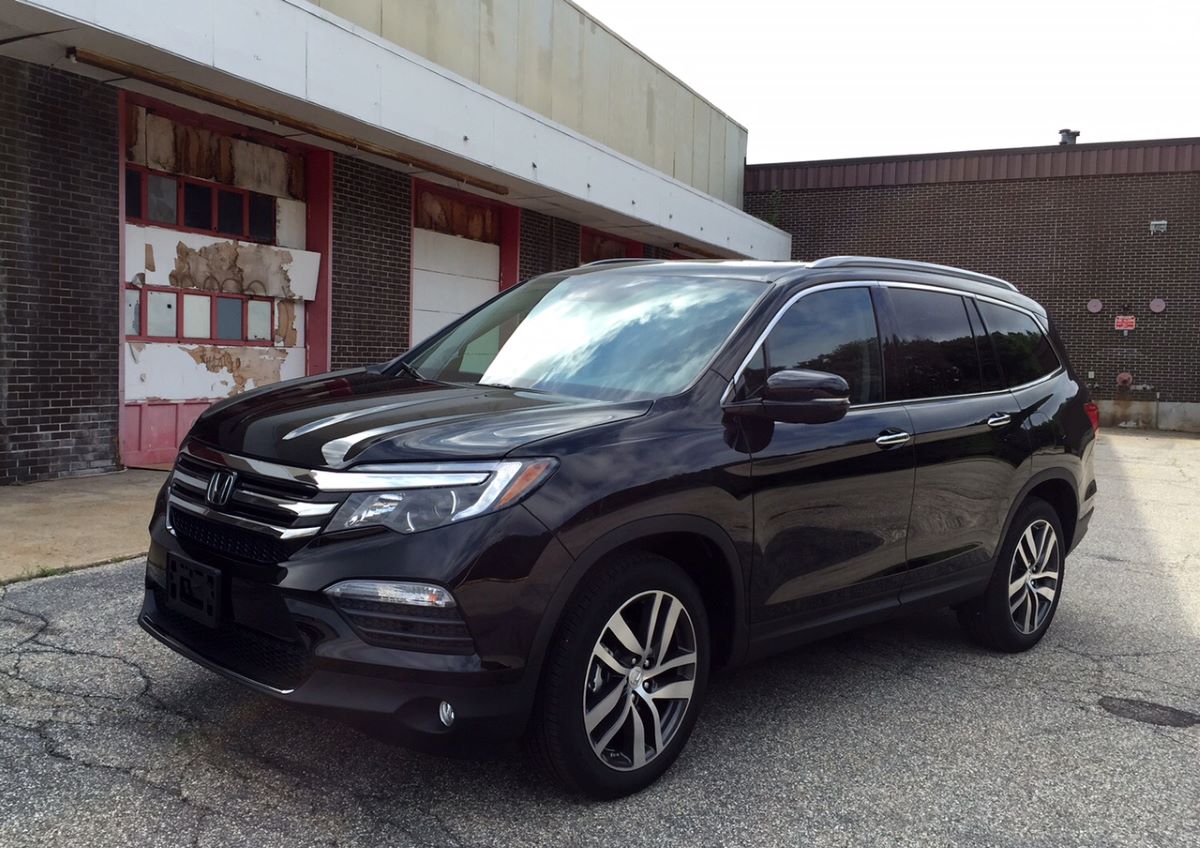
The five-speed automatic transmission, while not offering the gear count of more modern transmissions, represents proven technology that has been refined through years of production and real-world testing. This transmission’s robust construction and conservative programming contribute to exceptional longevity, with proper maintenance enabling smooth operation throughout the vehicle’s service life.
The transmission avoids the complexity of more advanced systems while providing adequate performance for typical family transportation requirements. Interior space and versatility represent key strengths of the second-generation Pilot, with seating for eight passengers and cargo capacity that rivals much more expensive SUVs.
The cabin design prioritizes functionality and accessibility, with easy entry and exit for all three rows and thoughtful storage solutions throughout the interior. Material quality, while not premium, demonstrates good wear characteristics and maintains its appearance under normal family use conditions.
The vehicle’s straightforward design philosophy ensures that independent mechanics can service most requirements without specialized tools or extensive training.
5 SUVs That Crumble Fast
These disappointing vehicles burden owners with premature failures, expensive repairs, and reliability issues that destroy any initial savings through constant maintenance costs and component replacements that quickly exceed the vehicle’s purchase price.
Their compromised construction incorporates substandard engines, problematic transmissions, and unreliable electrical systems that generate endless repair headaches despite budget positioning that suggests practical, economical family transportation. The combination of frequent breakdowns, expensive replacement parts, and poor build quality creates ownership disasters as buyers discover that low purchase prices cannot compensate for fundamental engineering compromises that prioritize initial affordability over basic reliability.
From budget models with known reliability issues to discontinued vehicles with poor support, these SUVs prove that cheap often means expensive in the long run while creating transportation nightmares for families seeking dependable utility.
They represent everything wrong with false economy automotive manufacturing, where attractive pricing masks fundamental quality problems that transform affordable purchases into expensive repair burdens requiring constant professional attention and major component replacement that far exceeds typical maintenance costs.
1. Jeep Compass (2007-2017 Model Years)
The Jeep Compass represents one of the most problematic entries in the affordable SUV market, earning a reputation for poor reliability that has been consistently documented across multiple model years and owner surveys.
This compact SUV, produced during Chrysler’s challenging ownership transitions and cost-cutting periods, exemplifies how corner-cutting in design and manufacturing can create vehicles that become financial burdens for their owners rather than reliable transportation solutions.
The Compass suffers from fundamental powertrain issues that manifest across multiple engine and transmission combinations offered during its production run. The 2.0-liter and 2.4-liter four-cylinder engines, while adequate in terms of power output, have demonstrated patterns of premature failure that often coincide with warranty expiration.
Common issues include timing chain problems, oil consumption concerns, and cooling system failures that can result in catastrophic engine damage. These problems are particularly troubling because they often require complete engine replacement or rebuilding, costs that typically exceed the vehicle’s remaining value in the under-$20k market segment.
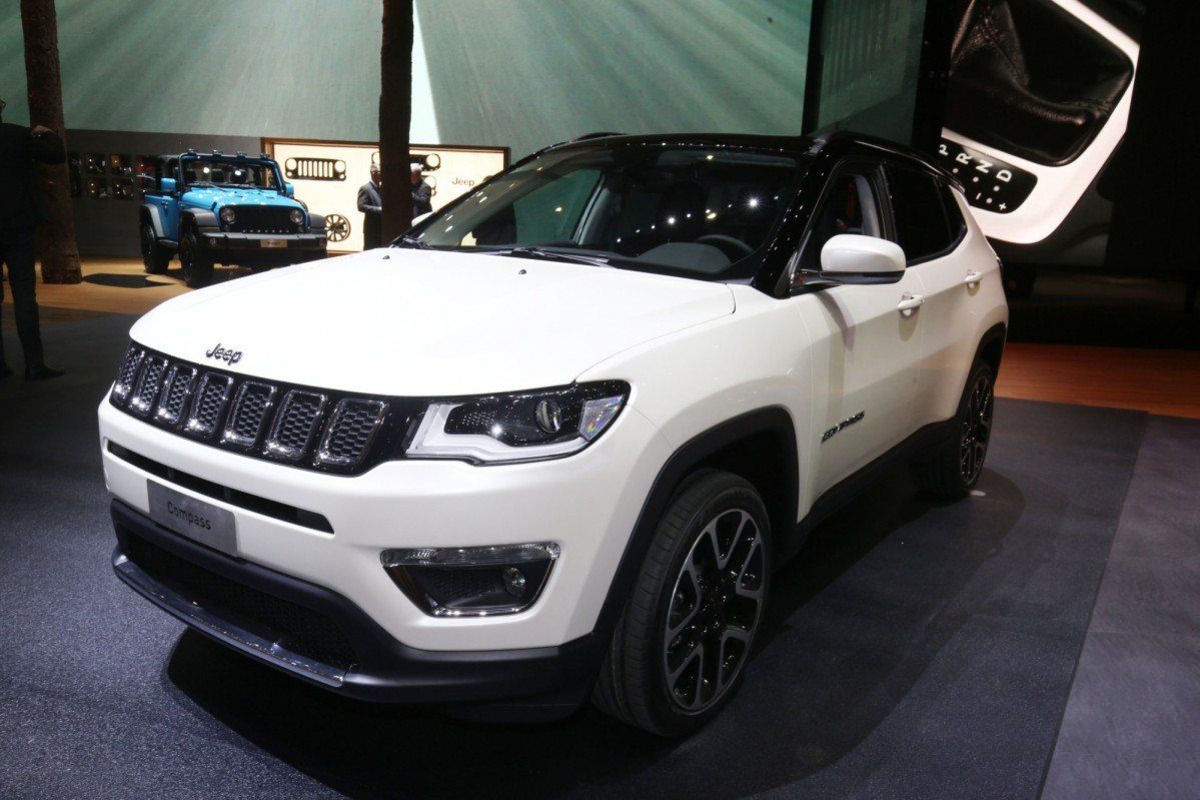
Transmission problems plague virtually every Compass variant, with both manual and automatic transmissions demonstrating poor long-term reliability characteristics. The continuously variable transmission (CVT) option has proven particularly problematic, with documented patterns of premature failure that often manifest as shuddering, slipping, or complete loss of forward motion.
CVT replacements often cost $4,000-6,000, making them economically unfeasible for vehicles in this price range. Even the traditional automatic transmissions have shown concerning patterns of early failure, often requiring major repairs or replacement within 80,000-120,000 miles.
Electrical system reliability represents another major concern for Compass owners, with documented patterns of failures affecting everything from basic lighting systems to complex electronic modules that control engine and transmission operation.
Independent mechanics often struggle with diagnosis and repair of Compass-specific issues, sometimes necessitating dealer service at premium rates even for relatively simple problems.
2. Volkswagen Tiguan (2009-2017 Model Years)
The first-generation Volkswagen Tiguan embodies the challenges that can arise when European luxury engineering approaches are applied to mass-market vehicles, resulting in a compact SUV that offers engaging driving dynamics and premium interior appointments at the cost of long-term reliability and affordable maintenance.
Consumer Reports has consistently rated Volkswagen models, including variants like the Taos, among the least reliable SUVs available, and the first-generation Tiguan exemplifies these reliability concerns with documented patterns of expensive failures that often coincide with warranty expiration.
The Tiguan’s 2.0-liter turbocharged four-cylinder engine represents sophisticated technology that delivers impressive performance and efficiency when functioning properly, but has demonstrated concerning patterns of premature component failure that can result in catastrophic and expensive repairs.
Turbocharger failures are particularly problematic, often manifesting between 60,000-100,000 miles and requiring replacement costs that can easily exceed $3,000-4,000, including labor. Carbon buildup on intake valves, a common issue with direct-injection engines, requires expensive cleaning procedures that must be performed regularly to maintain engine performance and prevent premature component wear.
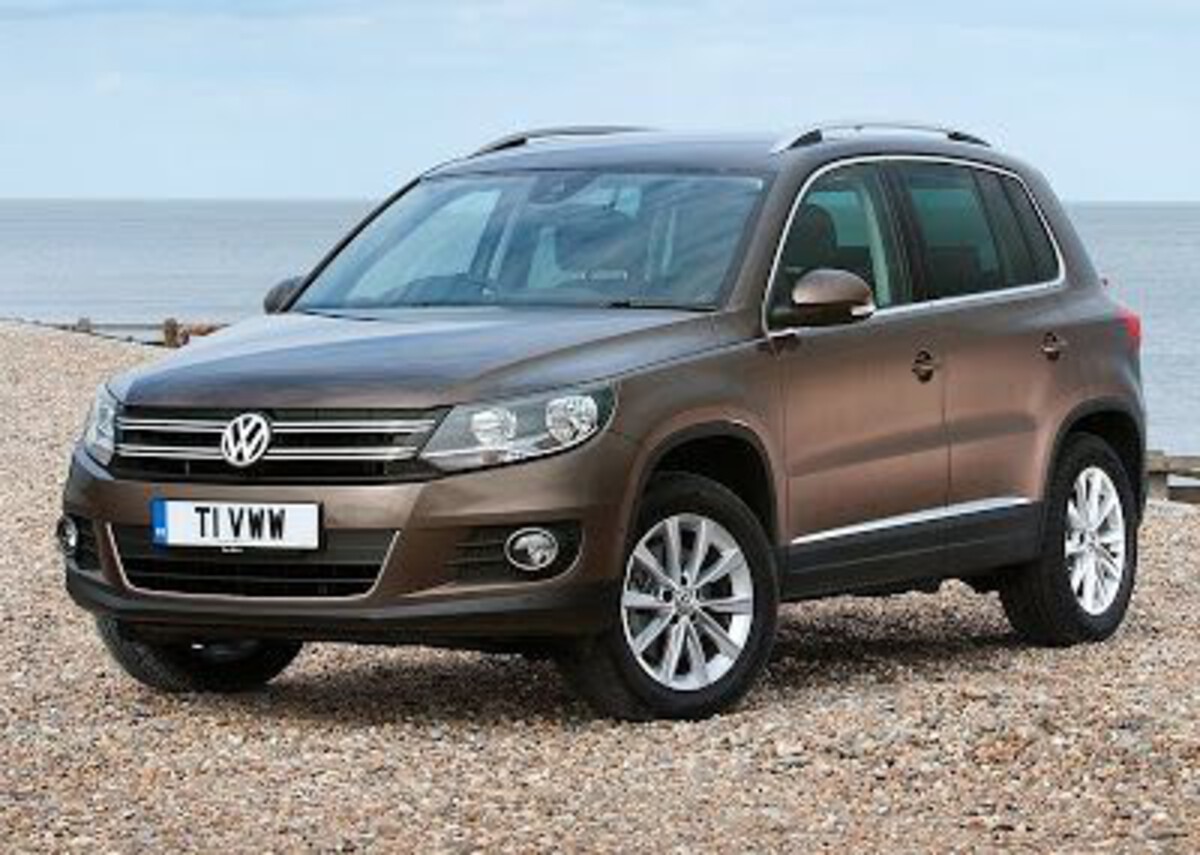
Timing chain tensioner failures represent another well-documented concern with the Tiguan’s engine, potentially resulting in catastrophic internal engine damage if not addressed promptly. These failures often occur with minimal warning and can render the engine completely inoperable, requiring complete replacement or extensive rebuilding at costs that typically exceed the vehicle’s value in the used market.
The timing chain system’s complexity and the precision required for proper repair often necessitate dealer service at premium rates, as many independent mechanics lack the specialized tools and expertise required for these repairs.
Electrical system reliability problems plague the Tiguan across multiple model years, affecting everything from basic comfort and convenience features to critical engine management systems.
The infotainment system, while feature-rich when functioning, has shown patterns of failure that often require complete module replacement at significant cost. Climate control systems, particularly automatic temperature control variants, have demonstrated reliability issues that can be expensive to diagnose and repair, often requiring dealer service due to the system’s complexity and integration with other vehicle systems.
3. Chevrolet Equinox (2010-2017 Model Years)
The first-generation Chevrolet Equinox represents a cautionary tale of how cost-cutting measures and questionable design decisions can create vehicles that appear attractive in showrooms but become financial nightmares for their owners over time.
This mid-size SUV, produced during General Motors’ post-bankruptcy restructuring period, demonstrates concerning patterns of reliability issues that affect virtually every major system and component, making it one of the most problematic choices in the affordable SUV market.
Engine reliability problems plague the Equinox across multiple powertrain combinations, with the 2.4-liter four-cylinder engine demonstrating particularly troubling patterns of premature failure. Timing chain stretch and tensioner failures are common issues that can result in catastrophic internal engine damage, often requiring complete engine replacement at costs that exceed the vehicle’s remaining value.
Oil consumption problems are also well-documented, with some engines consuming excessive amounts of oil between service intervals, potentially leading to oil starvation and complete engine failure if not monitored carefully.
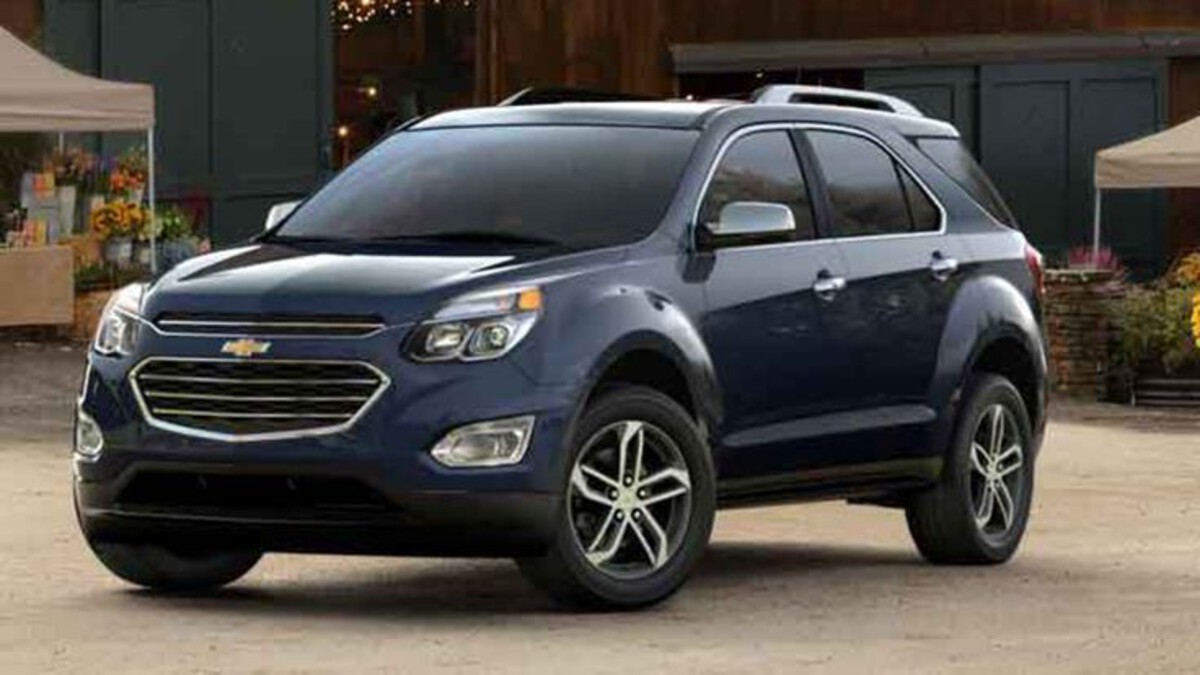
The 3.0-liter and 3.6-liter V6 engines offered in certain model years present their reliability challenges, including cooling system problems that can result in overheating and expensive engine damage.
Intake manifold gasket failures are particularly common on V6 models, often resulting in coolant leaks that can cause overheating if not addressed promptly. These repairs typically require extensive disassembly and can cost $2,000-3,000 to complete properly, making them economically questionable on vehicles in this price range.
Transmission reliability represents another major concern for Equinox owners, with both four-speed and six-speed automatic transmissions demonstrating patterns of premature failure that often manifest as harsh shifting, slipping, or complete loss of forward motion.
The infotainment system, when equipped, has demonstrated reliability issues that can be expensive to address and often require dealer service due to integration with other vehicle systems.
4. Kia Sorento (2011-2015 Model Years)
The second-generation Kia Sorento represents a period in the manufacturer’s development when ambitious design goals and rapid expansion outpaced quality control processes and long-term durability testing, resulting in a three-row SUV that offers attractive styling and feature content at the cost of reliability and long-term ownership satisfaction.
Consumer Reports data continues to identify the Kia Sorento among the least reliable SUVs in the marketplace, with documented patterns of expensive failures that often emerge just as vehicles reach the used car market.
Engine reliability issues plague multiple powertrain options in the second-generation Sorento, with the 2.4-liter four-cylinder and 3.5-liter V6 engines both demonstrating concerning patterns of premature component failure. The four-cylinder engine has documented issues with timing chain stretch and tensioner failure, problems that can result in catastrophic internal damage requiring complete engine replacement.
Metal debris in the oil system, often stemming from timing chain component wear, can cause bearing failures and complete engine destruction at costs that typically exceed the vehicle’s remaining value.
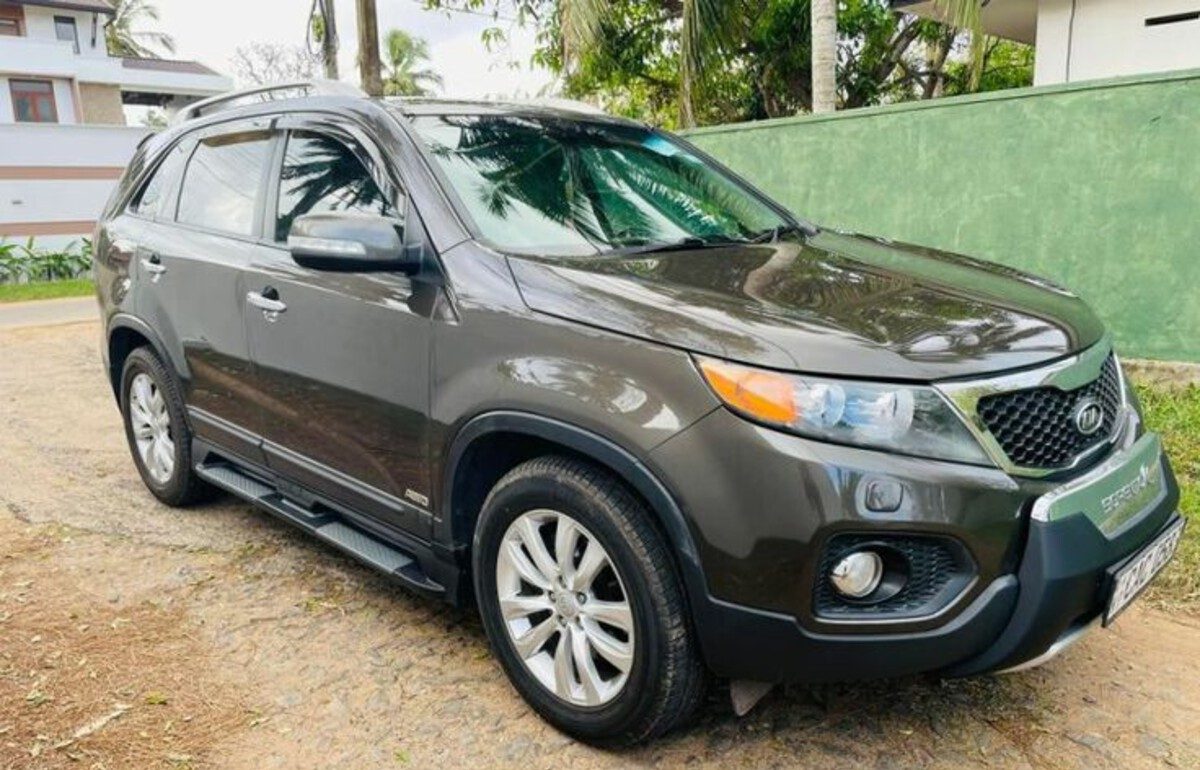
The V6 engine presents different but equally serious reliability concerns, including cooling system problems that can result in overheating and expensive engine damage. Water pump failures are particularly common and can occur with minimal warning, potentially causing overheating that warps cylinder heads or damages other expensive internal components.
Intake manifold problems on V6 models can cause vacuum leaks that affect engine performance and emissions compliance, often requiring expensive repairs that involve extensive disassembly.
Transmission reliability problems affect both four-cylinder and V6 models, with automatic transmissions demonstrating patterns of premature internal component failure that often manifest as harsh shifting, delayed engagement, or complete loss of forward motion.
Transmission control module failures are also documented, requiring reprogramming or replacement that often necessitates dealer service due to security protocols. Replacement costs for major transmission failures typically exceed $4,000-5,000, making them economically unfeasible for vehicles in this price range.
Seat mechanisms, particularly power adjustment systems, have demonstrated reliability issues that can be expensive to repair. The infotainment system, while feature-rich when functioning properly, has shown patterns of failure that often require complete module replacement, and the integration with other vehicle systems can complicate diagnosis and repair procedures.
5. Mitsubishi Outlander (2007-2013 Model Years)
The second-generation Mitsubishi Outlander represents the challenges faced by a manufacturer struggling with limited resources and questionable quality control processes, resulting in a compact SUV that offers attractive pricing and warranty coverage at the cost of fundamental reliability and build quality issues.
This generation of Outlander demonstrates concerning patterns of failures across virtually every major system, making it one of the most problematic choices available in the affordable SUV market segment.
Continuously variable transmission (CVT) problems represent the most serious and expensive reliability concern for Outlander owners, with Mitsubishi’s implementation of this technology proving particularly problematic in terms of long-term durability and maintenance requirements.
Complete CVT failures are common, often manifesting as shuddering, loss of acceleration, or complete loss of forward motion between 60,000-100,000 miles. Replacement costs typically exceed $4,000-5,000, making these repairs economically unfeasible for vehicles in the under-$20k price range, often resulting in total economic loss for the owner.
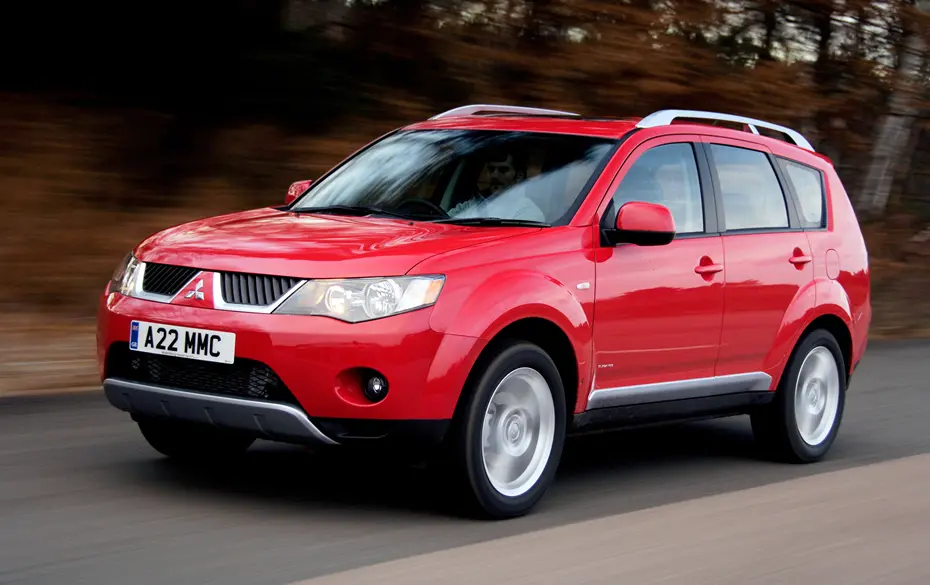
Engine reliability issues affect multiple powertrain combinations offered during this generation, with the 2.4-liter four-cylinder engine demonstrating patterns of premature internal component wear and failure. Oil consumption problems are well-documented, with some engines requiring oil additions between service intervals to prevent oil starvation and catastrophic internal damage.
Timing chain problems, while less common than in some competitors, can still result in expensive repairs requiring extensive disassembly and component replacement. Electrical system reliability problems plague virtually every Outlander system, from basic comfort and convenience features to critical engine management and safety systems. Various sensors and control modules have demonstrated poor longevity, often failing in ways that can be difficult to diagnose and expensive to repair.
Independent mechanics’ familiarity with Mitsubishi-specific systems and procedures is often limited, potentially necessitating dealer service at premium rates for even routine maintenance and repairs. The combination of poor reliability, limited service support, and questionable parts availability makes the Outlander a particularly risky choice for buyers seeking dependable and affordable transportation.
Also Read: 5 Hybrid Engines That Last Forever Vs. 5 Hybrids That Need Frequent Repairs

